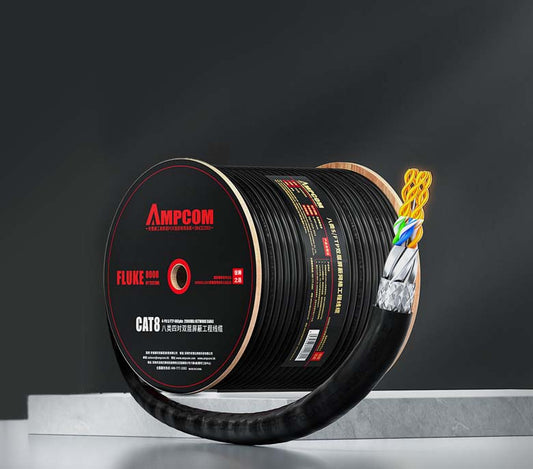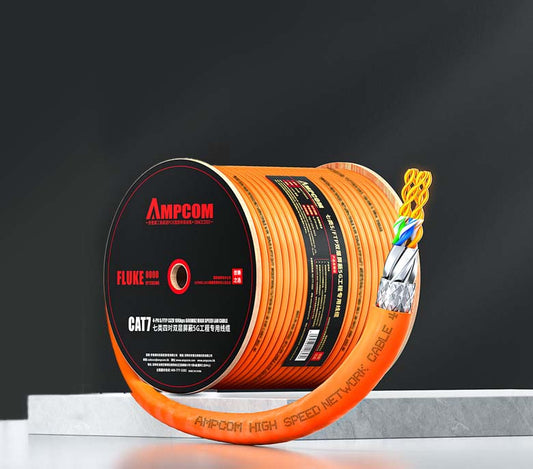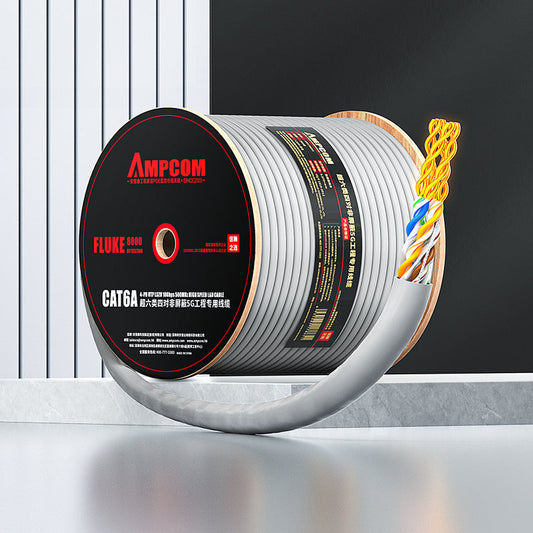How MPO Fiber Cables Enable Next-Gen 400G and 800G Data Center Links?
The data center industry is standing at the threshold of a new era. As the appetite for cloud services, AI-driven analytics, and hyperscale applications surges, the migration from 100G to 400G—and soon 800G—has become not just a technological upgrade but a business necessity. Traditional cabling methods that once powered enterprise networks are no longer sufficient for this wave of bandwidth growth. To meet the rising demand, the industry has turned to the MPO Fiber Cable, a solution designed not just for today’s density but for tomorrow’s speed.
At the heart of this evolution is the optical module. Standards like QSFP-DD and OSFP are driving 400G deployments, while 800G modules are already entering early adoption. These transceivers rely on parallel optics to achieve the enormous throughput, transmitting data across multiple lanes simultaneously. To make this work, they require a connector system that can handle high-density multi-fiber terminations with minimal loss. This is where the MPO/MT ferrule becomes indispensable. Unlike traditional duplex connectors such as LC, which only support two fibers, MPO ferrules can align and manage 12, 16, 24, or even 32 fibers in a single compact interface. Without this leap in connector density, scaling to 400G and 800G would be physically and operationally unfeasible.
The significance of MPO technology goes beyond density. As signal speeds increase, insertion loss budgets become tighter, making the precision of the ferrule design critical. The MPO/MT interface ensures accurate fiber alignment, reducing loss and maintaining signal integrity across multiple parallel channels. This is particularly crucial for data centers running latency-sensitive workloads such as AI model training or financial transaction systems, where a few milliseconds can determine competitive advantage. High-bandwidth links that rely on MPO are not just faster; they are more reliable in delivering error-free transmission under growing loads.
Another key advantage is scalability. A data hall equipped with MPO trunks and breakout assemblies can evolve from 40G to 400G and beyond with minimal infrastructure replacement. For example, a backbone might be pre-terminated with MPO-LC breakouts, enabling current devices to connect through familiar interfaces while leaving headroom for future high-speed upgrades. This modularity allows operators to protect their cabling investments while staying prepared for the next generational leap. It also simplifies cable management, reducing clutter and improving airflow within racks—factors often overlooked but critical to energy efficiency in large-scale environments.
In practice, an MPO-based structured cabling system ties together transceivers, patch panels, and switches with seamless interoperability. The use of Fiber Patch Cable solutions at the edge complements the MPO backbone, ensuring flexible device connectivity without undermining the density achieved at the core. As more facilities adopt modular cassettes and plug-and-play cabling, installation times shrink, error risks fall, and networks become easier to expand in step with business growth. This holistic view of cabling infrastructure positions MPO not as a niche option but as the foundation for the next decade of networking.
It’s worth noting that the shift to 400G and 800G is not only about meeting technical requirements but also about aligning with economic realities. Downtime, maintenance complexity, and frequent infrastructure overhauls carry significant costs. By investing in MPO-based solutions, organizations are effectively reducing long-term operational expenses while safeguarding against premature obsolescence. The choice of a trusted provider is essential here, as not all MPO systems are manufactured to the same tolerances. Companies like AMPCOM bring certified, standards-compliant MPO assemblies that guarantee both quality and interoperability, ensuring that enterprises can meet the challenges of tomorrow with confidence.

The trajectory is clear: as hyperscale cloud providers, AI clusters, and high-frequency trading firms continue pushing network boundaries, MPO fiber will remain the connective tissue that makes extreme bandwidth feasible. With 400G already in deployment and 800G on the horizon, the role of the MPO/MT ferrule is shifting from a high-density alternative to a non-negotiable standard. For any organization preparing its infrastructure today, understanding and adopting MPO-LC and related assemblies is no longer optional—it is the only path forward to ensure resilience, performance, and scalability in the era of terabit networking.



